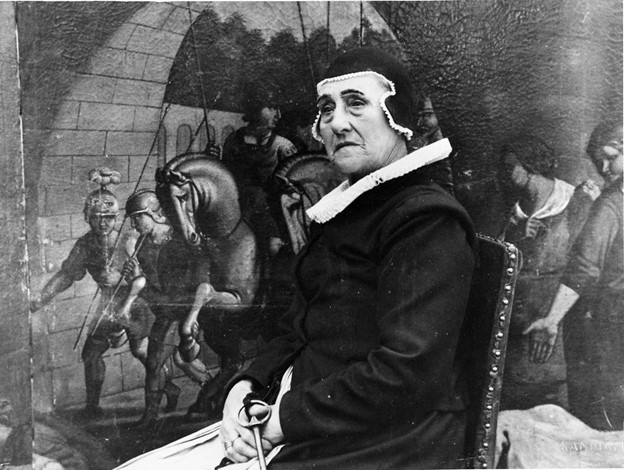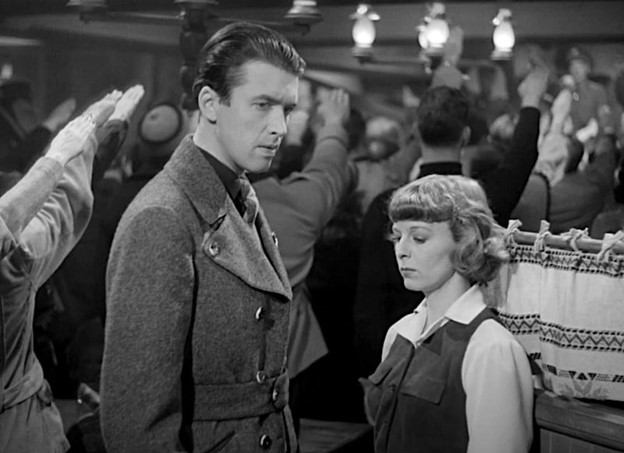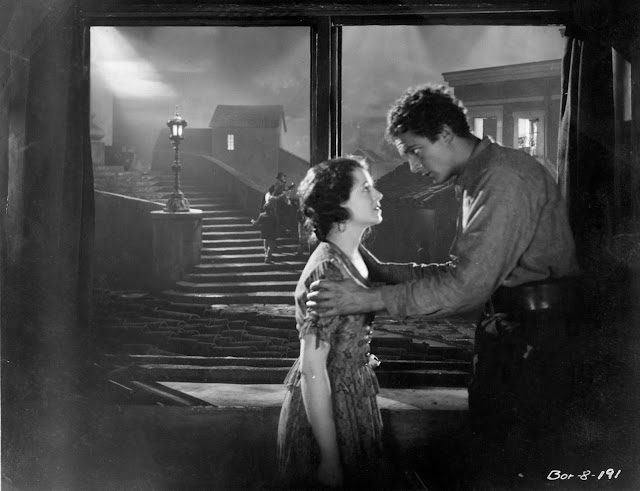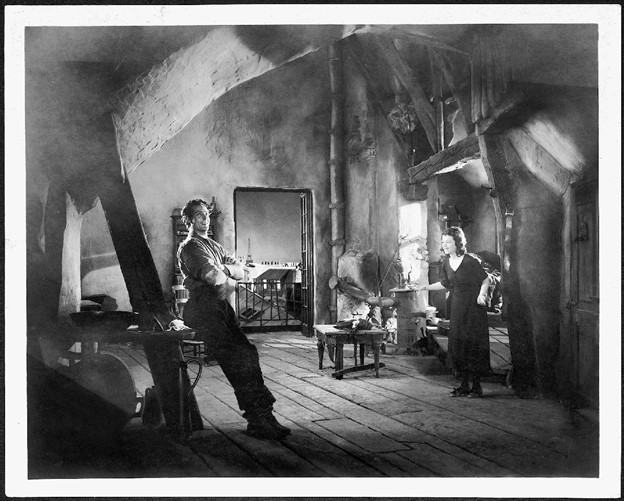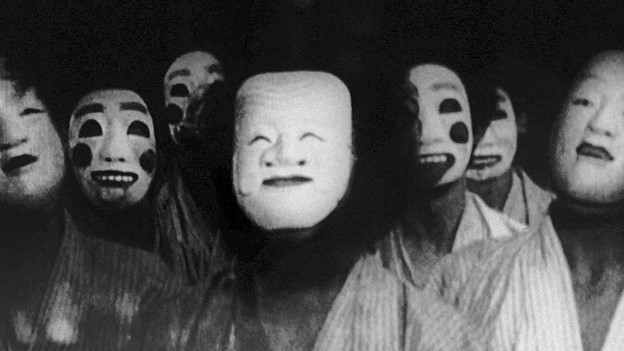Master of the House (1925)
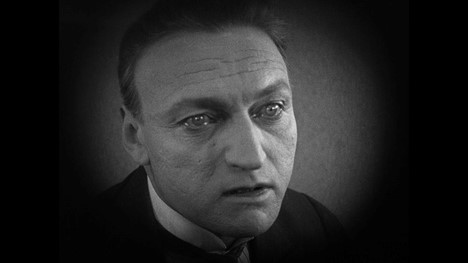
Carl Theodor Dreyer's "Master of the House" When most people think of Carl Theodor Dreyer, they usually think of his 1928 masterpiece " The Passion of Joan of Arc ." However, it is also important to think about what led to this stunning achievement. It is obvious that the French production studios gave him creative license to make such a stunningly creative piece of work. But before he set out to France to make such a production, he utilized some creative techniques with a small Danish film that came three years prior, " Master of the House ." In fact, it was this film that caught the attention of the French market which allowed for such an accomplishment. " Master of the House " is a simple domestic comedy. It takes place in one apartment loft with a father, his wife, and their three children. Right from the beginning, the father is very tyrannical. He expects to have his food ready when he sits down, he berates the mother, and mistreats h

